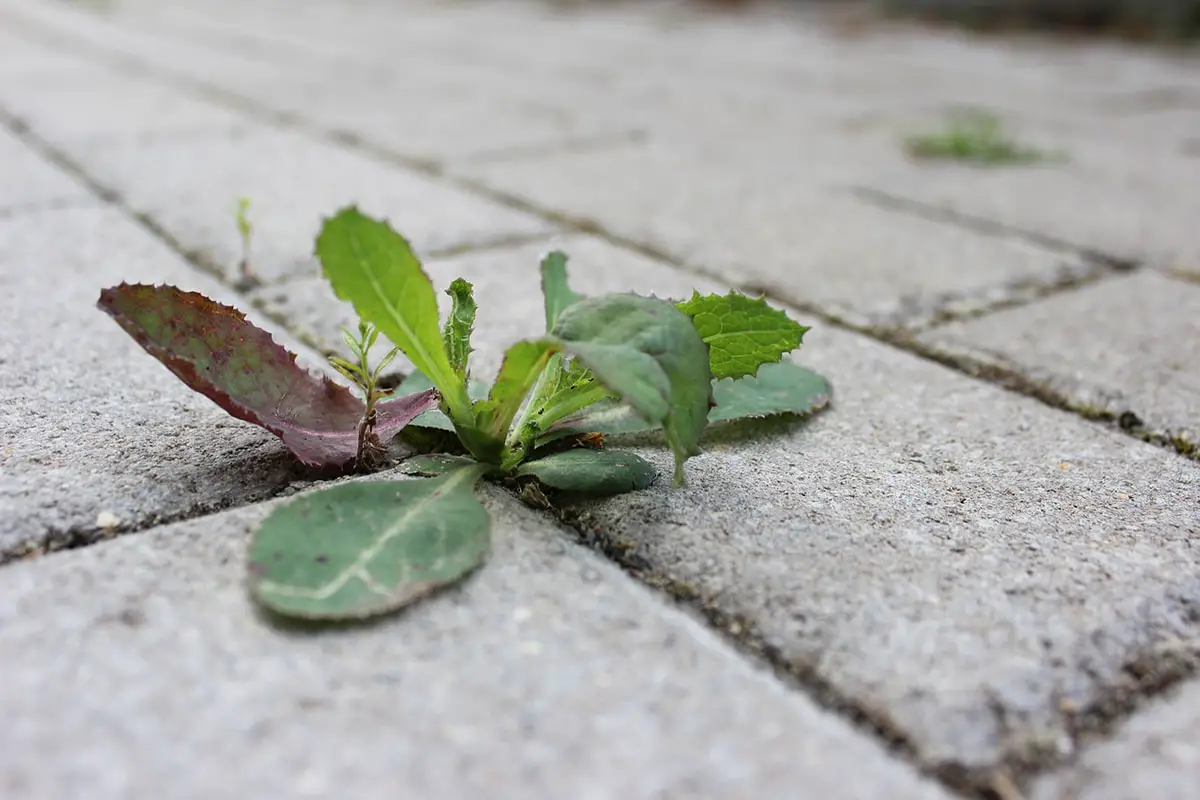

Have you ever noticed the herbs that come out between the streaks of the ground? Or the ones that grow next to the train tracks? These plants thrive in places that we would never have considered valid for vegetables. They are the rudels and they are especially characterized by their ability to develop in very poor or botanically destroyed places.
They also stand out for their diversity in terms of habitats. We can find the same species of ruderal plants in many different places in the world. If you are interested in the subject and want to know more about these curious vegetables, I recommend that you continue reading.
What are ruderal plants?


Ruderal plants are normally small in size that They appear in habitats that have been greatly altered by humans. Examples for this are roadsides, urban areas or abandoned crop fields. The word “ruderal” comes from Latin waste y means “rubble.”
A part of the ruderales can also be classified as weed vegetation, together with weeds and weeds. These are plants that grow wild in an area cultivated and controlled by humans, such as crop fields or gardens. Both ruderal plants and weeds have a very marked nitrophilic character, that is, they live in places with a very high nitrogen level.


Related article:
Botanical illustration
In 1975, the ecologist John Philip Grime described his theory about the life strategies of ruderal plants. According to him, plants can be classified into a total of three different types according to their response to different environmental factors:
- Competitors (C)
- Stress resistant (S)
- Ruderals (R)
Hence this proposal by John Philip Grime is known as the CSR theory. The ruderality that a species possesses can be quantified. What’s more, it is defined as the ability to thrive even in places where there are various disturbances caused by the total or partial destruction of plant biomass.
ruderal characteristics
According to the classification proposed by John Philip Grime, ruderal plants have the following characteristics:
- Small size
- Sparse branching
- Short life cycles
- Strong reproductive potential
- Rapid growth
Because of this, its geographical distribution is very wide. Also, ruderal plants are annual or bi-annual vegetables.
Examples of ruderal plants
Now that we know what ruderal plants are, we are going to comment on some examples of species belonging to this group.
Amaranthus palmeri


First of all we have the Amaranthus palmeriwhich is part of the Amaranthaceae family. It is a glabrous plant with erect stems and ascending branches. The leaves have a long petiole and their spikes are linear. Although it is native to North America, today we can find it throughout that continent, Europe and Australia.
Although its seeds, leaves and stems are very nutritious for us, for livestock animals it is a toxic plant, since its leaves contain nitrates. For this reason it is hardly cultivated and is considered a harmful weed. In addition, this weed represents a threat to the production of both soybeans in Argentina and cotton in the southern United States, since in those areas, the Amaranthus palmeri has developed effective resistance to the herbicide glyphosate.
Chelidonium greater


We continue with another example of ruderal plants: chelidonium greater also known as swallow or greater celandine. This perennial herbaceous vegetable belongs to the poppy family and has highly divided leaves and fragile, highly branched stems. Its flowers are yellow while the seeds are black and small.
As for its application, there are several. Greater celandine has healing properties with antispasmodic, cholagogue, choleretic, sedative central nervous system, lipid-lowering, hypnotic, antitussive and analgesic effects. Therefore, it is used in cases of asthma, bronchitis, irritative cough, etc. In addition, its juice is caustic so it is indicated to close wounds and to treat corns, warts and tumors. Nevertheless, its toxicity is high, Therefore, this plant should never be consumed alone without mixing it with more herbs, or in high quantities.
giving straw


Another of the ruderal plants is the giving straw or thorn apple. It is a species of angiosperm belonging to the genus Datura and the Solanaceae family. This cosmopolitan plant is poisonous and it grows in warm eutrophied areas such as stables, river banks, manure heaps, garbage dumps and waste heaps. Experts believe it comes from Mexico. However, we can currently find it in various temperate zones around the world.
The giving straw it is an annual herb with cylindrical stems and a branching that is falsely considered dichotomous. As for the leaves of this plant, they are serrated and sharp and have a row of hairs on top. The petals of its flowers are usually white with purple edges. Instead, the seeds are black. The fruit of the Jimson weed is ovoid and has very short hairs and more than 35 spines.
Daucus carota


Daucus carota, belonging to the apiaceae family, is also a ruderal plant. Sure we all know it, but with another name: Carrot. Within your family it is the most important and the one with the highest consumption. Therefore, it is not surprising that it is grown in large quantities for its orange root. This biennial plant forms a rosette of leaves in both autumn and winter, while developing a fine napiform root. The goal of the root is to store sugar in large quantities so that the vegetable can flower the following year.
Although ruderal plants can be harmful to health, problematic for crops and unwanted in our gardens, they are vegetables with extraordinary survival skills, not to mention the importance they can have on an ecological level. In the end, everything is connected to each other and we should try to maintain the natural balance of things, or at least not continue to interfere with it through the extinction of both animal and plant species or the destruction of ecosystems.

